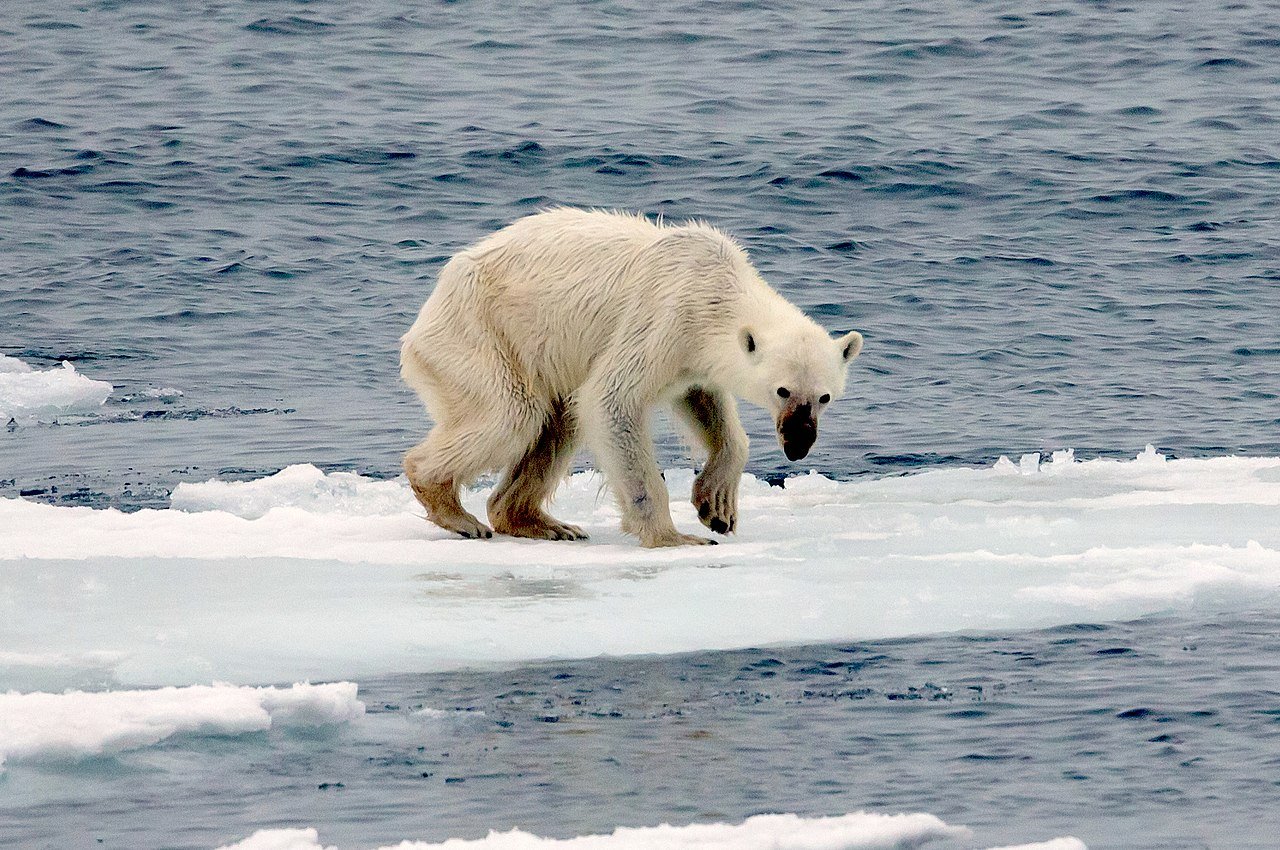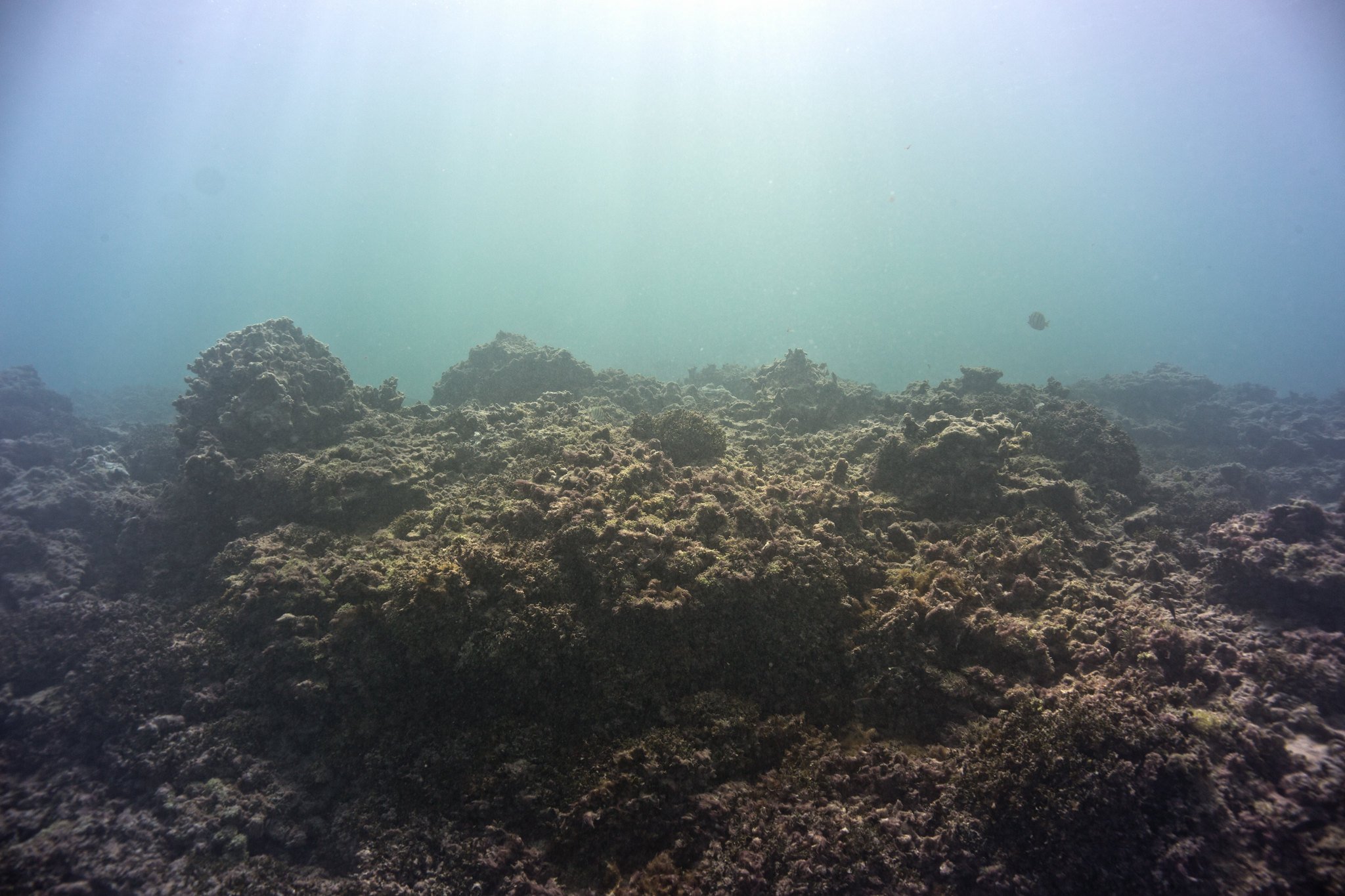The Power of Photos to Raise Concern about Biodiversity Loss
Five images demonstrating the negative consequences of biodiversity loss were shown to participants in this study. Photo credit: Andreas Weith licensed under CC BY-SA 4.0.
By Maili Smith
Biodiversity is rapidly declining, threatening ecosystem productivity, water and air quality, and human health and livelihoods. However, the threat of biodiversity loss can often feel distant and hard for our brains to grasp and process. How can we make people care about something so pressing, yet abstract?
Published in the June 2022 edition of Environmental Conservation, a study entitled Worth more than 1000 words: how photographs can bolster viewers’ valuing of biodiversity found that thoughtfully selected photos demonstrating the cost of biodiversity loss can encourage people to value biodiversity more and donate more to nature-focused charities.
Dead coral at Lisianski is overgrown with algae after the severe coral bleaching event in 2015. Photo credit: John Burns/NOAA, 2017 with Public Domain Mark 1.0.
In accordance with loss aversion, in which the pain of losing is much more powerful than the pleasure of gaining, the team found that highlighting the costs of biodiversity loss enhances people’s valuing of it. This supports a novel finding within the expectancy-value framework, suggesting that perceived costs can influence motivation.
These findings promote narrative empathy, a principle in environmental humanities, demonstrating that photos can make environmental consequences more tangible and may fight psychological distance. The study supports the notion that photographs present a promising avenue of communication for conservationists, teachers, journalists, policymakers, and textbook publishers alike to motivate their audiences.
To read more on similar studies and the power of photographs in environmental conservation, visit the following:
A similar study conducted by the same research team
Why photographs are vital to promoting empathy, by the Atlantic
A 2015 study that supports emotional appeals as a powerful tool in environmental campaigns


